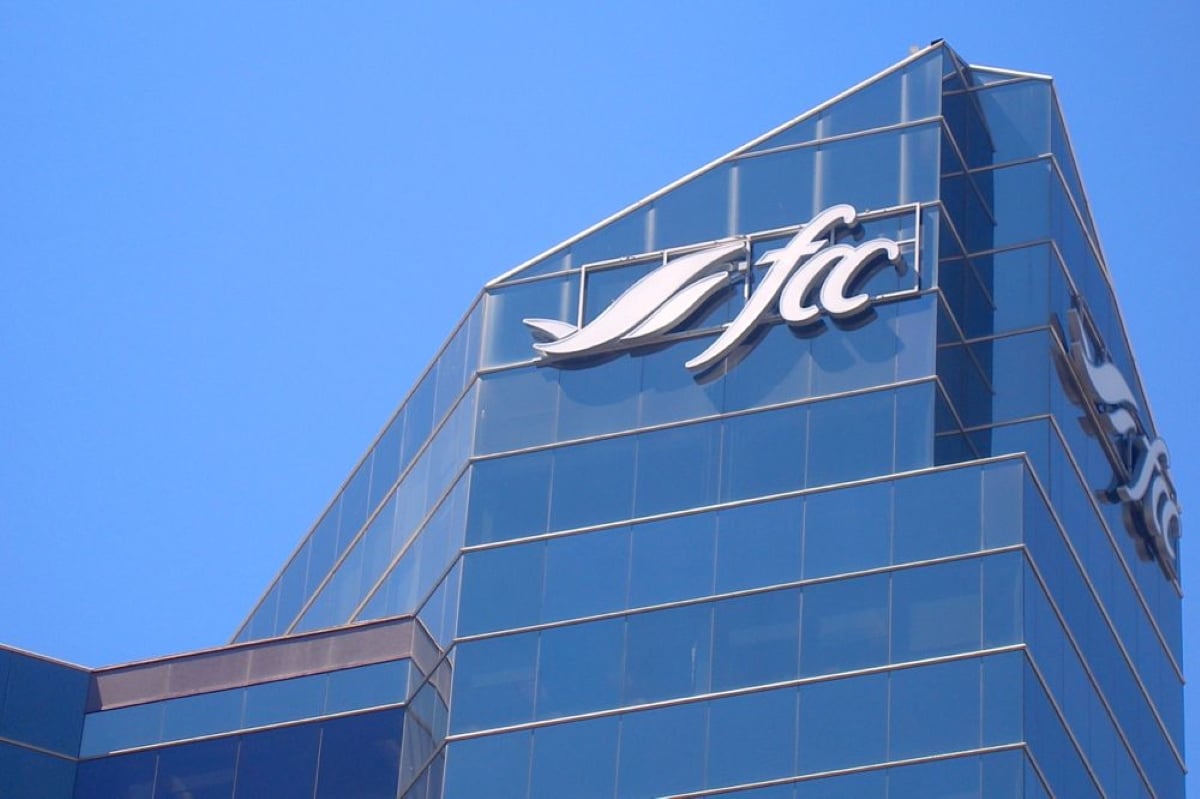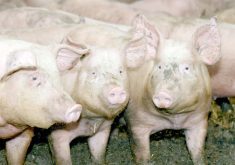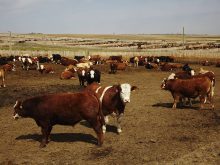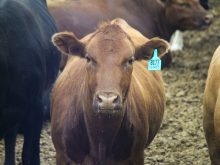Alberta municipalities are taking a hard look at their bylaws before allowing more intensive livestock operations on their turf.
“The rules and every restriction should be in place before they apply for a building permit so that they know what’s going to happen,” said Gawney Hinkely, reeve of the County of Ponoka in central Alberta.
Hinkely and his council have completely rewritten land-use bylaws to remove any shadow of a doubt about environmental and community restrictions on new hog, dairy or cattle feedlot operations hoping to locate there.
Read Also

Lending policy still focused on primary producers: Farm Credit Canada
Farm Credit Canada said it has not changed its business practices and remains committed to supporting all producers, after a report from an Ottawa-based media outlet claimed otherwise.
Other municipalities like the County of Mountainview north of Calgary, Municipal Districts of Foothills, south of Calgary and MD of Fairview are in the throes of amending bylaws as well.
Part of the decision to revise bylaws came from pressure from community groups like the County of Mountainview agriculture planning group.
Connie Osterman, who farms at Carstairs, is part of this group and sees a growing number of taxpayers asking for more control.
Regret mistakes
“Alberta has a marvelous economy and we want it to continue to grow, but we have an opportunity not to be hurried or prodded into doing something too quickly,” said Osterman.
“We’re going to make sure we’ve looked after the environmental issues before we get such huge production that we’re in trouble.”
Her group also supports the major bylaw changes proposed for the county of Ponoka.
The county has received numerous applications for new or expanded hog and dairy barns in an area where there is already a large concentration of feedlots.
But any future developments face major regulation changes. The proposed amendments to regulations states the distance is measured from the property line rather than the nearest residence.
For example, an operation with 200 sows, farrow to finish, must be set back 512 metres from the farm’s property line rather than from the nearest residence.
Council felt future development could be impeded under the old rules for people wanting to expand their farms or someone wishing to build a new home that would be too close to an intensive livestock barn.
“This is on new facilities. This is not on old, established farms,” said Hinkely.
A second proviso in the new bylaw requires an agreement with other landowners to allow manure spreading on their farms. A caveat is then placed on that land and remains until the intensive livestock farm is gone. Caveats have to be in place before the building permit is granted.
A third condition demands the potential developer provide, at his expense, an extensive environmental impact assessment. An application to build must be accompanied by this assessment.
But Hinkely has another concern.
He hopes the provincial government has correctly estimated global demand for pork.
“If they happen to miscalculate the number of animals they’re talking about and the Taiwanese don’t buy from us, we’re going to be in a predicament,” said Hinkely.
He worries some of these farms might have 20 acre sewage lagoons. If the farm folds, he wants to know who will clean it up.
He worries taxpayers may have to pay to remove old manure and contend with seepage into local water supplies
In the County of Mountainview similar concerns have been raised by the public. Land-use officer Tony Martens said the county’s land-use bylaw is being amended to bring it into line with the provincial code of practice for manure handling and intensive livestock placement. Recommendations from the code will become requirements for the county before building is allowed to proceed.
They are demanding hydro-geological reports, soil studies, road upgrades and regular monitoring of wells near lagoons to ensure there is no sewage leak through the clay seal.
“We’re going to see more intensive operations down the road. It’s something we need to prepare ourselves for,” Martens said.
The county had two major applications for hog farms but one was turned down at the development appeal level and another withdrew its application and moved elsewhere.
Further north, people are looking at more livestock because of higher freight rates on grain. However applications to start building have been slowed by environmental concerns, said Lloyd Brattly, secretary-treasurer for the municipality.
Two applications for a 2,400 sow operation and a 5,000 weanling barn are in the courts. The applications went before the development appeal board and when approved, the decision was taken to court by concerned taxpayers.















